
Plenty Global



A compressor is a mechanical device that increases the pressure of a gas by reducing its volume. An air compressor is a specific type of gas compressor. Compressors are similar to pumps: both increase the pressure on a fluid and both can transport the fluid through a pipe. As gases are compressible, the compressor also reduces the volume of a gas. Liquids are relatively incompressible; while some can be compressed, the main action of a pump is to pressurize and transport liquids.
Different types of compressor:Reciprocating compressors (also known as piston compressors) are generally used to move gas at increased pressure. The main elements of the compressor are one or more cylinders, and pistons which move within them, rather like in an internal combustion engine. The action of compressing the gas will also produce an increase in its temperature.
There are two types of reciprocating compressors:
The high-speed category also is referred to as “separable,” and the low-speed category also is known as “integral.”
The American Petroleum Institute (API) has produced two industry standards, API Standard 11P and API Standard 618, which are frequently employed to govern the design and manufacture of reciprocating compressors.
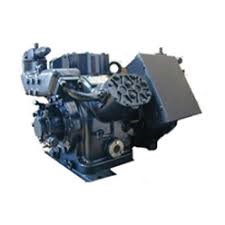
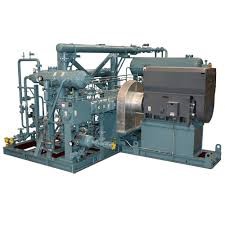
Reciprocating compressors (also known as piston compressors) are generally used to move gas at increased pressure. The main elements of the compressor are one or more cylinders, and pistons which move within them, rather like in an internal combustion engine.A reciprocating compressor or piston compressor is a positive-displacement compressor that uses pistons driven by a crankshaft to deliver gases at high pressure. ... The heat exchangers that are used in a normal piston compressor are removed as the heat is removed in the cylinder itself where it is generated.

The vertical reciprocating compressors series cover an area of the lower capacity (lower than horizontal reciprocating compressors). They are the optimal solution for low space locations and requirements. Our vertical compressors can be configured as a single- to-four cylinder design.

Many liquefied gas piping systems do not provide ideal net positive suction head (NPSH) conditions for liquid pumps. As a result the poor NPSH conditions lead to excessive pump maintenance. Since reciprocating gas compressors are only exposed to vapors, they are not affected by poor NPSH conditions. Many liquefied gas pressurized tanks such as tank cars and buried tanks have top unloading connections. A reciprocating compressor is the perfect solution for transferring liquids to and from tanks of this type as well as vapor recovery.
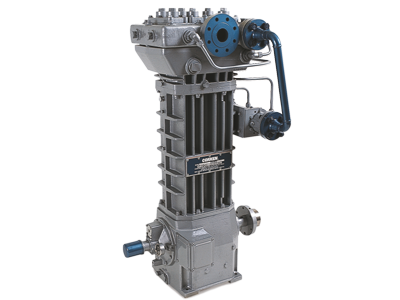
Rotary vane compressors consist of a cylindrical casing, two openings - one suction and one discharge - and a rotor positioned eccentrically with respect to the casing. Compression occurs by refrigerant flowing into the chamber where, due to eccentric rotation, there is a reduction in the desired volume.
Diaphragm compressor:A diaphragm compressor is a variant of the classic reciprocating compressor with backup and piston rings and rod seal. The compression of gas occurs by means of a flexible membrane, instead of an intake element. The back and forth moving membrane is driven by a rod and a crankshaft mechanism. Only the membrane and the compressor box come in touch with pumped gas. For this reason this construction is the best suited for pumping toxic and explosive gases. The membrane has to be reliable enough to take the strain of pumped gas. It must also have adequate chemical properties and sufficient temperature resistance.
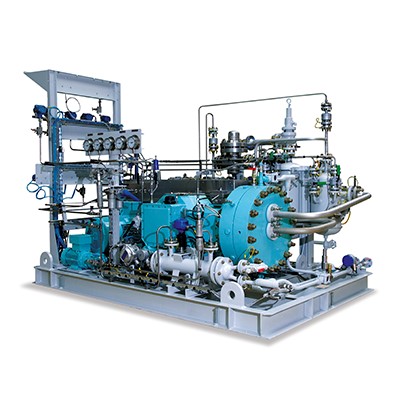
A hydride compressor is a hydrogen compressor based on metal hydrides with absorption of hydrogen at low pressure and desorption of hydrogen at high pressure by raising the temperature with an external heat source like a heated waterbed or electric coil.Advantages of the hydride compressor are the high volumetric density, no moving parts and reversible absorption/desorption, disadvantages are the high cost of the metal hydride and weight.

Oil-injected rotary screw compressor: This type of compressor injects a liquid into the compression chamber to cool and lubricate the compressor's moving parts, cool the air being compressed in the chamber, and help minimize leaks from returns into the chamber during discharge.
Screw compressor:A Rotary Screw Air Compressor is a compressor that uses a rotary-type positive displacement mechanism, called a rotary screw, air-end. Rotary Screw Compressors are commonly used to replace piston compressors, in commercial and industrial applications, where large volumes of high pressure air are needed.
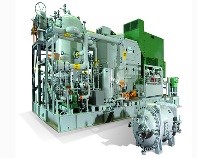
Single Stage Centrifugal Compressors
Centrifugal compressors increase the kinetic energy of the gas with a high-speed impeller and then convert this energy into increased pressure in a divergent outlet passage called the diffuser. Centrifugal compressors are particularly suited for compressing large volumes of gas to moderate pressures.
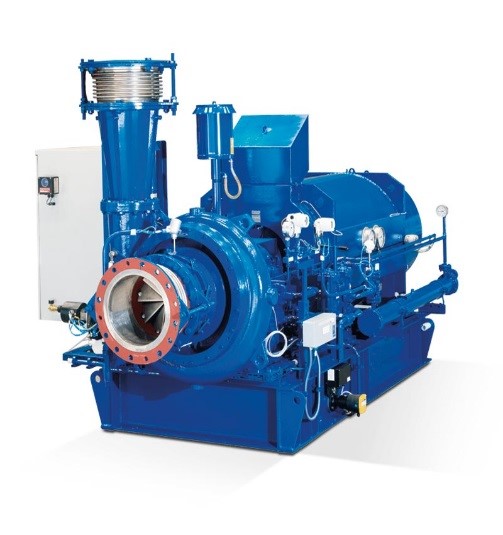
Our vertical compressors are designed for a wide variety of gases, therefore they can be applied in many applications and industries. The vertical split compressors are providing the highest discharge pressures of our range of centrifugal compressors.
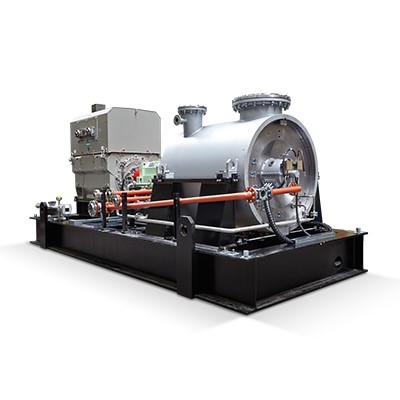
Integrally geared compressors are multi-shaft machines. Several pinion shafts with two impellers each are arranged around a central bull gear. For each pinion shaft a perfect combination of shaft speed and impeller size can be realized. All impellers are of overhung design and can be fitted with adjustable inlet guide vanes in front of each impeller. Inter-stage cooling of the gas stream can be done after each impeller discharge. The combination of these features allows for high volume flows, outstanding energy efficiency even under part load, all in a compact design.
In series of integrally-geared centrifugal compressors a central low-speed bull gear drives one or more pinions with overhung impellers, resulting in a very compact machine footprint. We have developed a brand new family of dedicated impeller stages that further improve the already exceptional efficiency of integrally-geared compressors, and individual stages or sections can be equipped with adjustable inlet vanes and intercoolers.

Peripheral compressors are perfectly suited to industrial applications such as process gas recycling, pressure boosting, gas extraction and gas drying. Their exceptional flow control and suitability for wet and particulate-laden gases makes them immensely versatile.
